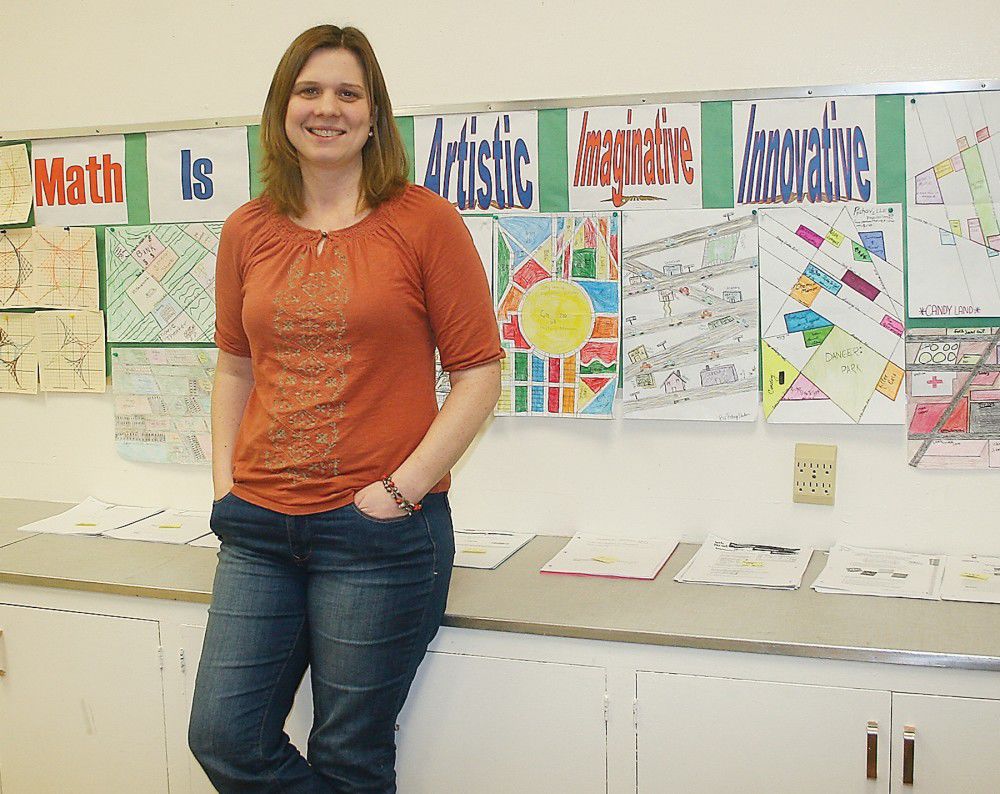Umatilla’s Townsend named NASA fellowship recipient
Published 3:02 pm Tuesday, February 28, 2012

- <p>Cynthia Townsend, math teacher at Clara Brownell Middle School, has been accepted into NASA's Endeavor Science Teaching Certificate Project.</p>
A Umatilla teacher is working with NASA to bring real data into her classroom.
Cynthia Townsend, a mathematics teacher at Clara Brownell Middle School, was awarded one of 51 spots in the National Aeronautics and Space Administrations Endeavor Science Teaching Certificate Project, a program that teachers participants to use research-based strategies in the classroom.
Townsend applied for the NASA Fellowship last fall and was accepted. She is the only participant from the Pacific Northwest.
I was really excited to get in, she said Friday. My background is in science, so I really enjoy bringing it into my classroom. I teach math, so sometimes its hard to integrate science and still teach everything were required to. This gives me the opportunity to bring science into math and make it real.
The program works to integrate science, technology, engineering and math the STEM subjects into classes through activities and using real data gathered by NASA. Through the program, teachers can access data and information on a variety of subjects including Mars, climate change, space and tracking animals in the Arctic.
This program, when I finish, I will get a certificate that shows I have completed the program and that I have knowledge in the STEM classes, she said. But the real benefit is the connection with NASA and real data. I can use this in class and say this is really from Mars or the ocean. This is something scientists have collected. Thats really exciting.
Townsend is currently enrolled in the first class on methods and best practices for using STEM ideas in the classroom. Teachers in the class interact with each other as well as with guest speakers from NASA and other fields. Over the next year and a half, she will select other classes, such as physics and ocean science, and bring that information to her students.
I am really excited to choose a few classes that I dont know much about, she said. Engineering, for example, I think is really important but I dont know much about it.
But Townsend already brings some STEM projects into her class. During the year, students may learn how to use scientific notation with small numbers by measuring the size of viruses, and a kite project integrates geometry, the Pythagorean theorum, engineering and the scientific principles of flight.
Theres a big push right now for more students to pursue STEM fields, but in school, we segregate these subjects. This is a way to show students that they all work together and area all about problem solving and creative thinking, Townsend said. We have a lot of creative thinkers in our classes. Maybe this will excite them about STEM subjects.
Because Townsend has just started the program, this years students will not see many applications of it, but the teacher said she plans to bring more methods and data into her classroom next year. She also said she would encourage other teachers to reach out for opportunities, even if it seems like a long shot.
I think that its a lot of work for teachers to do something outside of their classroom. For me, I feel like my students deserve the best teachers we can give them, she said. This is an opportunity for to become a better teacher and give the students some opportunities to make them interested in math, which is my goal. Maybe through this, one of them will want to go into a STEM field.





